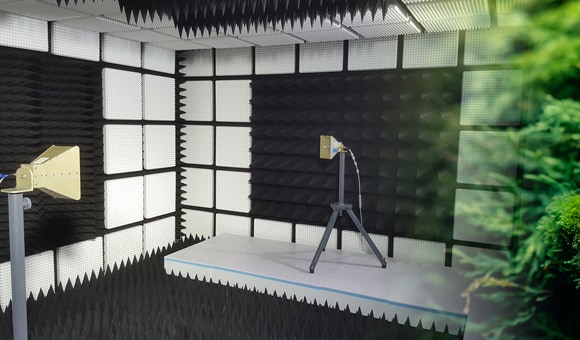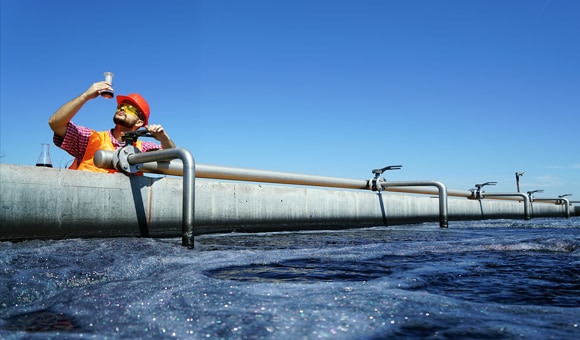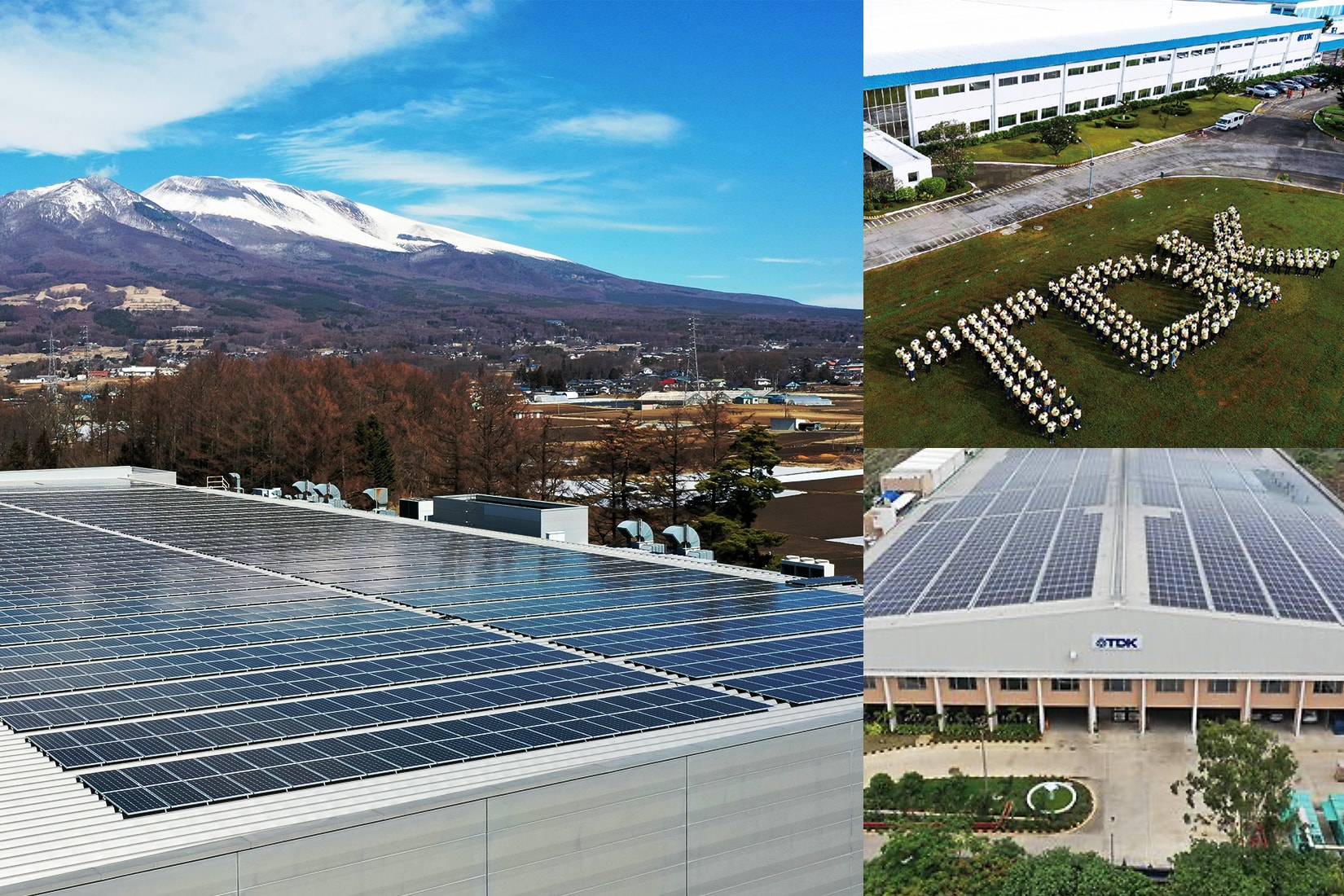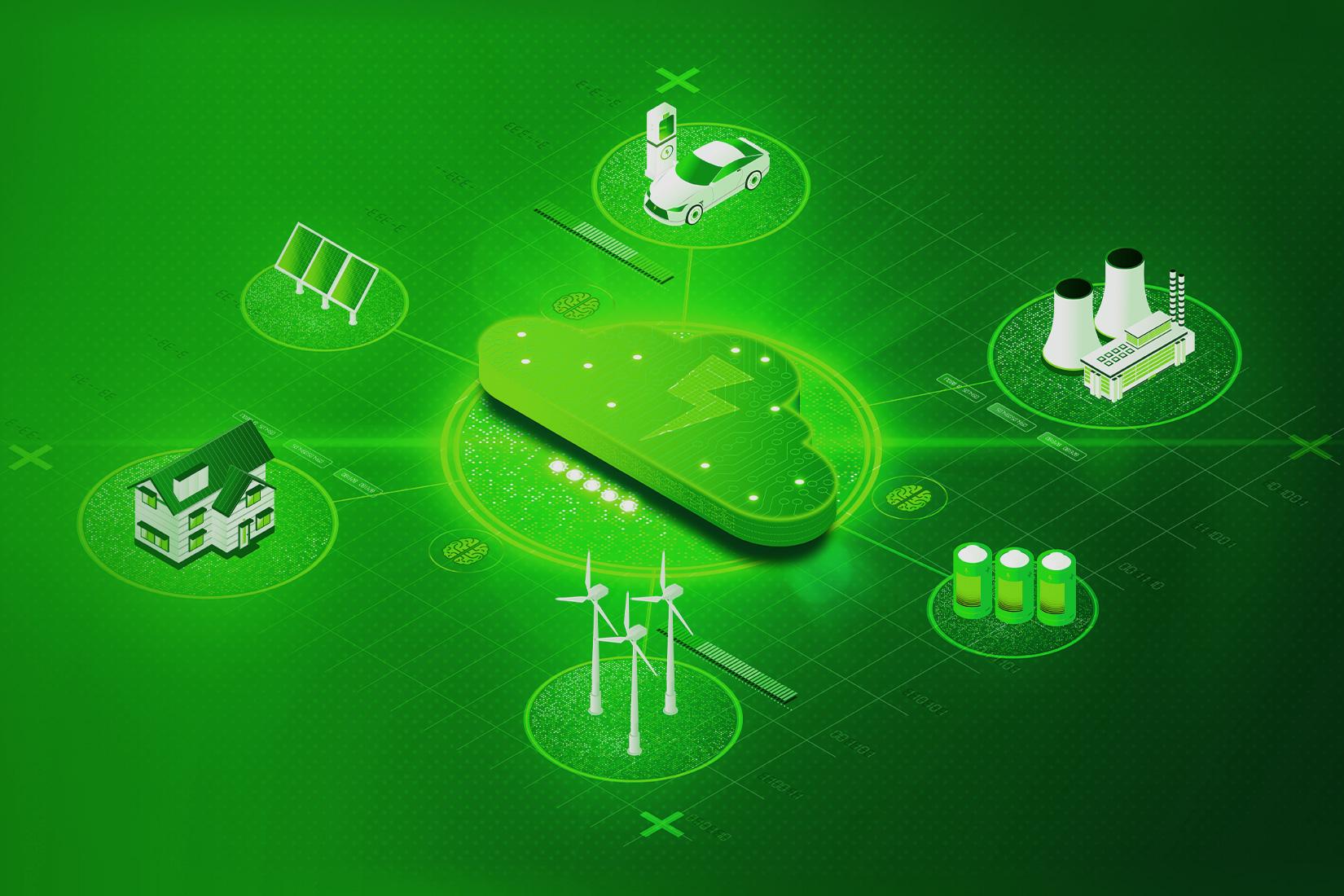
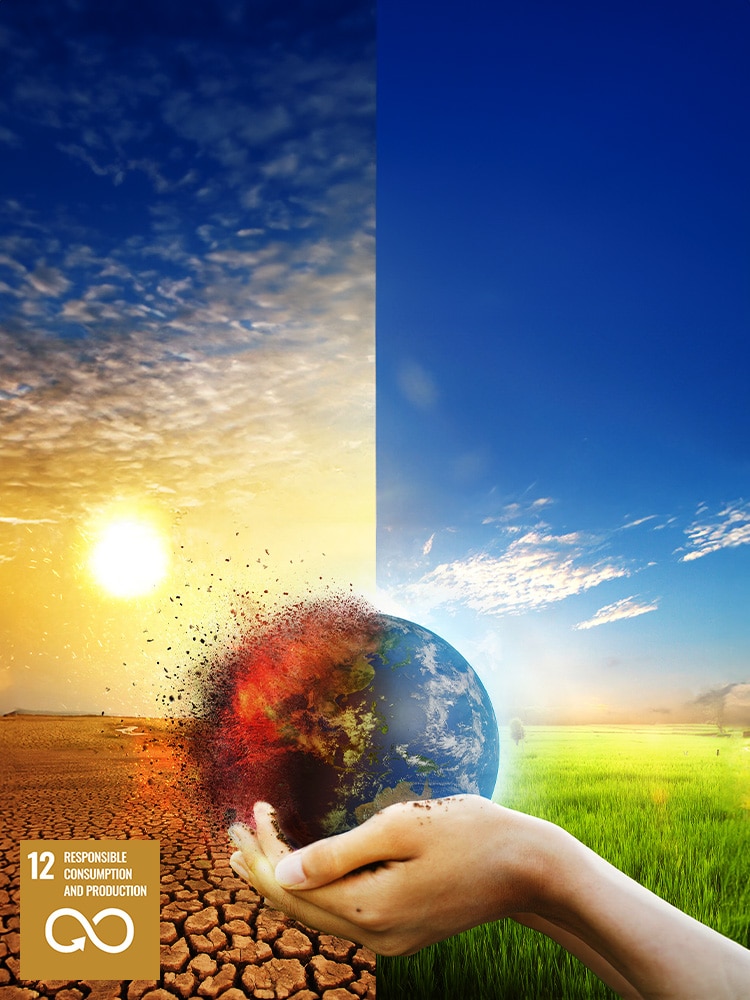
【Sustainability and TDK】
Why Is TDK Serious About Taking On Climate Change? (Part I)
Endless reports of rising temperatures, torrential rains, frequent hurricanes and typhoons, and other abnormal weather events from around the world are heightening our sense of crisis over climate change, including global warming. This crisis is directly attributable to the worldwide increase in greenhouse gases, primarily CO₂.
TDK is committed to reducing environmental impact from a lifecycle perspective, from the use of raw materials to the use and disposal of products. In this two-part series, learn about the global trends surrounding climate change issues as well as the activities TDK is undertaking to address climate change.
In its medium-term corporate strategy, Value Creation 2023, TDK is working to create value—including Social Value—and seeks to enhance its corporate value by contributing, through its businesses, to resolving global issues set forth in the SDGs.
▶Efforts to Achieve the SDGs
The link between CO₂ emissions and global warming
Since the Industrial Revolution of the late 18th century, mankind has increasingly relied on fossil fuels as a source of energy. Global CO₂ emissions have doubled over the last 40 years. The long-standing dependence on coal, oil, and natural gas as energy sources to support economic growth in advanced nations is now becoming a heavy burden on our planet. As the Intergovernmental Panel on Climate Change (IPCC) of the United Nations points out, “It is unequivocal that humans are causing the warming.” Global warming not only raises temperatures but also triggers extreme weather phenomena like heavy rainfall, wildfires, droughts, and low temperatures, all of which significantly impact our lives.
Progression of CO₂ emissions and average global temperature

Sources: Global Carbon Project and IPCC’s Sixth Assessment Report (Graph produced independently from their data)
The international community has been mobilizing to address global warming, now recognized worldwide as a societal issue . The Paris Agreement was adopted in December 2015 during the 21st Conference of the Parties (COP21) of the United Nations Framework Convention on Climate Change (UNFCCC) held in Paris, France. The agreement aims for all signatories to limit the increase in temperature since the Industrial Revolution to two degrees Celsius or less and to achieve a low-carbon society by the second half of the twenty-first century. The government of Japan has also declared that it aims to achieve carbon neutrality by 2050, formulating a “Green Growth Strategy” and promoting the introduction of renewable energy.
Reducing CO₂ emissions from industrial activities is paramount
Government initiatives aside, industry’s role is critical in the fight against global warming. Greenhouse gases, including CO₂, are predominantly emitted from the industrial sector, constituting approximately 35% of Japan’s domestic emissions. (Source: Greenhouse Gas Emissions and Absorption, FY 2021, Ministry of the Environment, Japan). Particularly in manufacturing, large amounts of fossil fuels are used not only in the production process but also in transportation and logistics, which utilize trucks and airplanes. The waste disposal process also consumes a significant amount of energy. The manufacturing industry, including TDK, is expected to actively reduce CO₂ emissions by improving energy efficiency, transitioning to renewable energy, and developing energy-saving technologies.

TDK’s efforts to reduce CO₂ emissions

In 2016, TDK established TDK Environmental Vision 2035, which strives to halve the CO₂ emissions intensity*1 from a lifecycle perspective by 2035 (baseline: FY 2015). Additionally, TDK has set a goal of achieving net zero CO₂ emissions by 2050 and is implementing numerous initiatives. Specific examples are described below.
●Manufacturing sites
TDK is working to reduce CO₂ emissions at its manufacturing sites from two approaches: using energy effectively and expanding the use of renewable energy. Aligned with the policy, “Effective use of energy and expanding use of renewable energy toward the realization of net zero CO₂ emissions in 2050”—a component of TDK Group’s Materiality—TDK is driving reduction efforts across the entire Group in a manner closely tied to manufacturing activities.
▶ Related Story:
What is Being Done at Manufacturing Sites to Reduce CO₂ Emissions?
●Reduction of CO₂ emissions through initiatives by Scope 3 category
TDK is working to reduce the environmental impact not only of its own greenhouse gas emissions (Scope 1) and indirect emissions stemming from energy use in its business activities (Scope 2) but also of its suppliers and users of its products (Scope 3) through category-specific initiatives.*2 This includes promoting manufacturing practices using materials with low environmental impact to move closer to a circular economy, reducing CO₂ during transportation and logistics, and expanding the portfolio of products subject to Product Contribution calculations, which visualizes the extent to which TDK’s electronic components boost the energy efficiency of finished products.

▶Related Story:
COP26 Session: How Much Can Electronic Components Contribute to CO₂ Reduction in Finished Products?
Eyeing the goal of net zero emissions by 2050

General Manager
Safety & Environment Group
Sustainability Promotion HQ
TDK is combating climate change by transitioning to renewable energy while reducing energy use. Jason Mizell, General Manager of the Safety & Environment Group at TDK’s Sustainability Promotion HQ, which drives the group-wide implementation of renewable energy at TDK, shared his thoughts. “TDK is investing for the future generations. We are committed to cutting greenhouse gas emissions and reducing our impact on climate change and the environment. We are also implementing circular economy activities through our businesses. Ultimately, we intend to become a global leader for sustainability.”
TDK is conducting its business activities under the Environmental Management System (EMS), an integrated structure where the President is its top authority. Additionally, each and every employee is committed to reducing CO₂ emissions with a perspective across the entire supply chain and with concrete targets. Through these efforts, TDK strives to halve its CO₂ emissions intensity by 2035 and achieve net zero CO₂ emissions by 2050. By steadily building on these efforts one by one, TDK is contributing to resolving the significant challenge of climate change.
Sustainability at TDK
Terminology
- CO₂ emissions intensity: A measurement of the amount of CO₂ emitted by a company’s activities in various units. TDK has set a reduction target based on CO₂ emissions per unit of revenue.
- Scopes 1, 2, and 3: Greenhouse gas emissions related to business activities are categorized by scope. Scope 1 refers to direct emissions from industrial processes and their fuel use. Scope 2 refers to indirect emissions from the use of electricity, heat, etc., purchased by the business. Scope 3 refers to indirect emissions outside of Scopes 1 and 2 (emissions by upstream and downstream partners and users).



